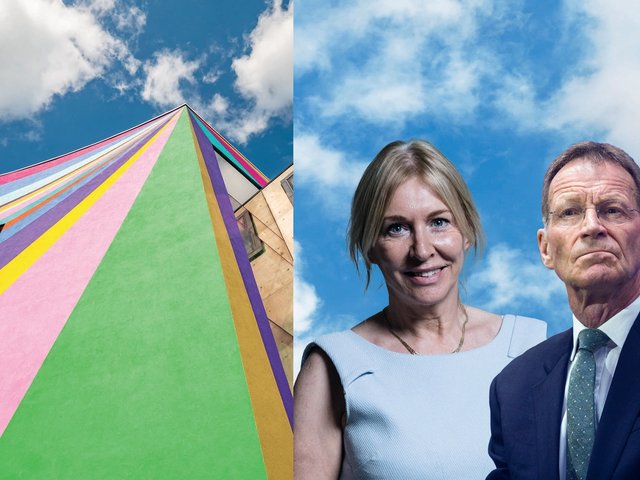Arts Council England has announced its first major grant programme since the former Tate director Nicholas Serota took over as chairman in February. Funding is being shifted away from the largest London arts organisations towards the regions.
The council’s National Portfolio grants, which support local arts organisations, will total £409m a year from 2018 to 2022 (83% of this comes from government grant-in-aid and 17% from the National Lottery). A further £213m a year will go for other grants to arts organisations.
The National Portfolio will support 831 arts organisations. Of the £409m a year, £45m (11%) will go for the visual arts and £37m for museums (9%), with the remainder for theatre, music, dance, etc. Total portfolio spending will be up 12% on the current financial year. (Grants are set at the same level for each of the coming four years, which will mean a gradual fall in real terms after inflation.)
Until now museums had been funded through other streams, but 72 museums have now been brought into the National Portfolio. (There is a quite separate category of “national museums”, mostly London-based, which receive direct funding from the Department for Culture, Media and Sport.)
Inevitably there are losers as well as winners. The Arnolfini, a contemporary art gallery in Bristol, has lost all its grant because of recent financial and management problems. University of Cambridge Museums (including the Fitzwilliam) has been cut by 7.5%, Bristol Museums by 15% and University of Oxford Museums (including the Ashmolean) by 10%. Turner Contemporary, in Margate, has had its grant increased by 16%. The New Art Gallery Walsall, which was recently threatened with closure after its local authority considered ending its support, has had its Arts Council grant renewed. Firstsite, a contemporary gallery in Colchester, has also recently faced financial problems, but now has Arts Council funding confirmed.
The Arts Council has been increasingly concerned about regional inequality, with an overconcentration of spending in London. In the next four years, the proportion of spending in the regions will rise from 56% to 60%. England’s four largest recipients (Royal Opera House, Southbank Centre, Royal National Theatre and Royal Shakespeare Company) have accepted an average 3% reduction, with these savings mainly being channelled to smaller organisations outside London. The Southbank Centre, which includes the Hayward Gallery, is therefore losing £826,000 a year. The Arts Council will also require those receiving the largest grants “to do more to support the rest of the sector”.
The council is also concerned about diversity, particularly over ethnicity and disability. Its statement says that there are “still numerous challenges”, with only “limited progress” in museum leadership by disabled people or from BME (Black and Minority Ethnic) groups.
Alistair Brown, the Museums Association’s policy officer, has welcomed the council’s announced grants, particularly for small and medium-sized institutions. However, local authority museums have faced real-term cuts of 30% since 2010, and Arts Council funding “cannot make up that shortfall”.
Correction 7 July 2017: The reduction of funding for the University of Cambridge Museums was originally reported as 17%, as per the Arts Council England figures. However, as Kettle's Yard will be funded separately for the period 2018-22, the actual cash reduction will be 7.5%.




